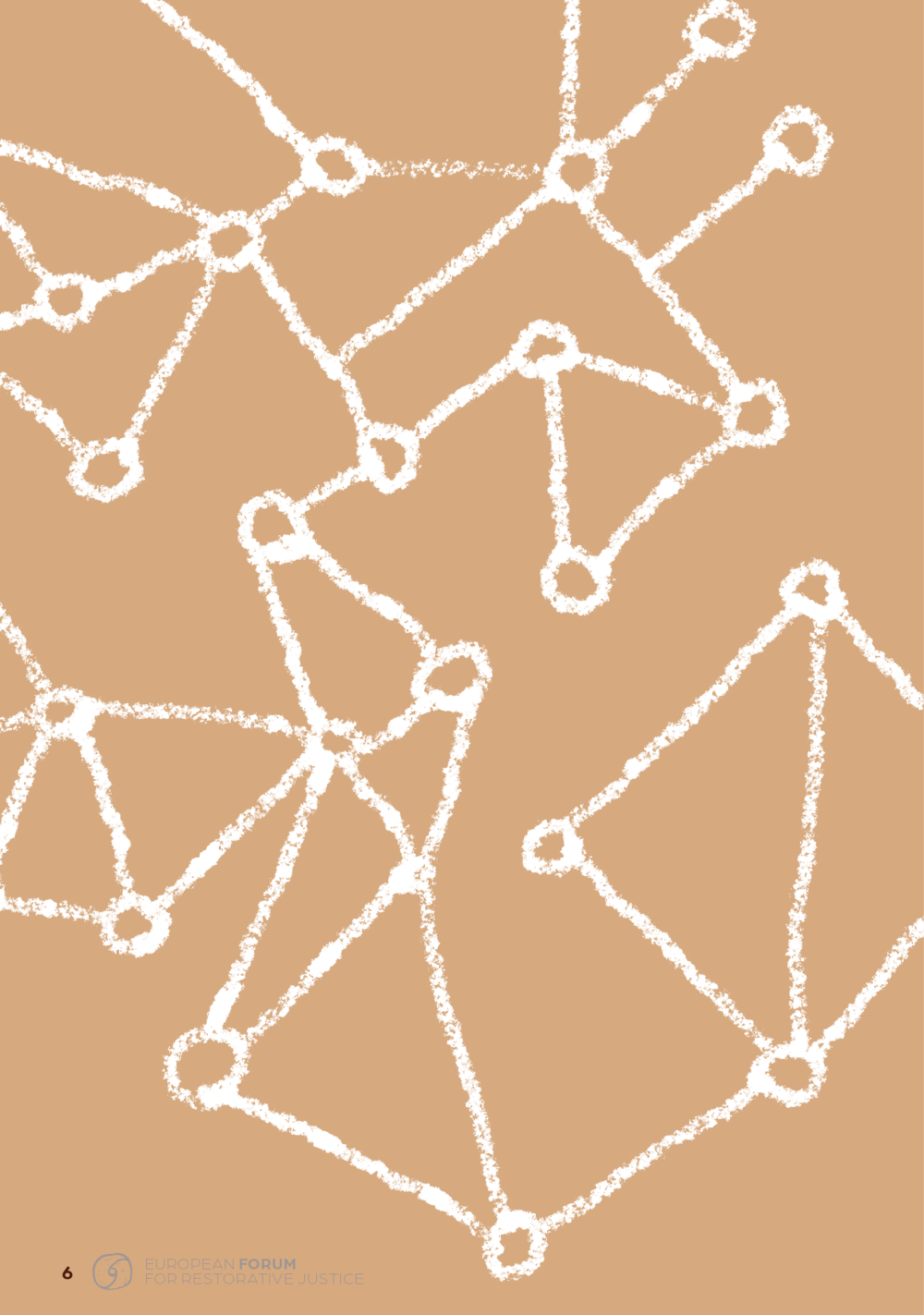
Restorative justice is an evidence-based and increasingly popular intervention for children in conflict with the law. Many children and adolescents experiment with behaviours which sometimes result in crossing lines and regulations. but even when they are more persistent and/or commit serious crimes they should be able to learn from their mistakes and earn a second or third or fourth chance. Reintegration is a core principle of a good child justice system. The UN Convention on the Rights of the Child and other human rights instruments plea for a reaction that is focused on learning and reintegration. Child friendly justice is another term that needs to be addressed. Restorative approaches have become a part of such pedagogical and child friendly procedures that should be prioritised in child justice.


